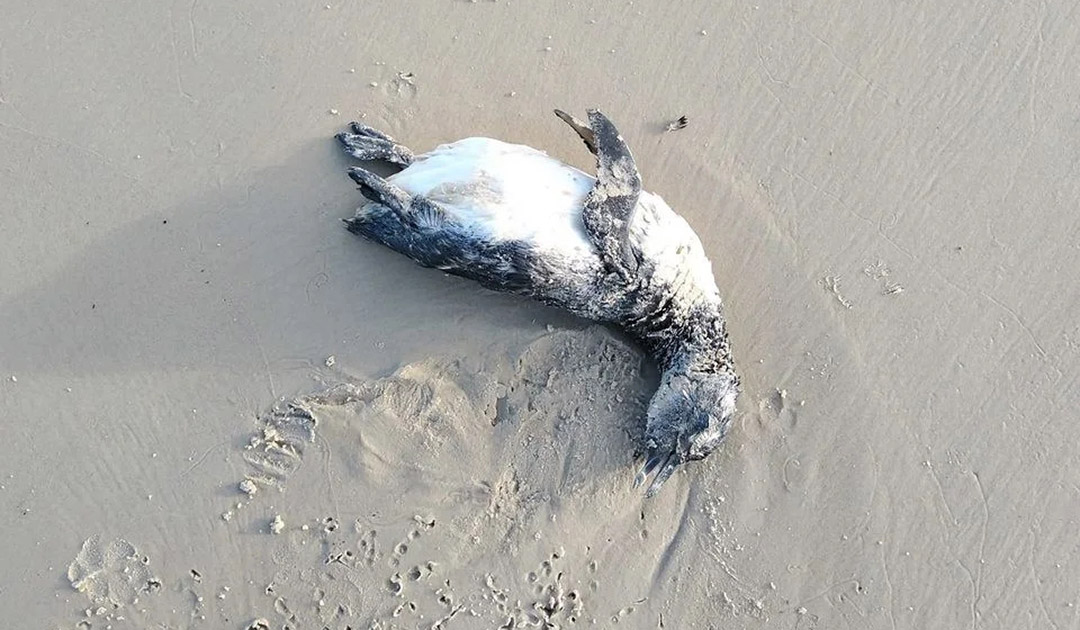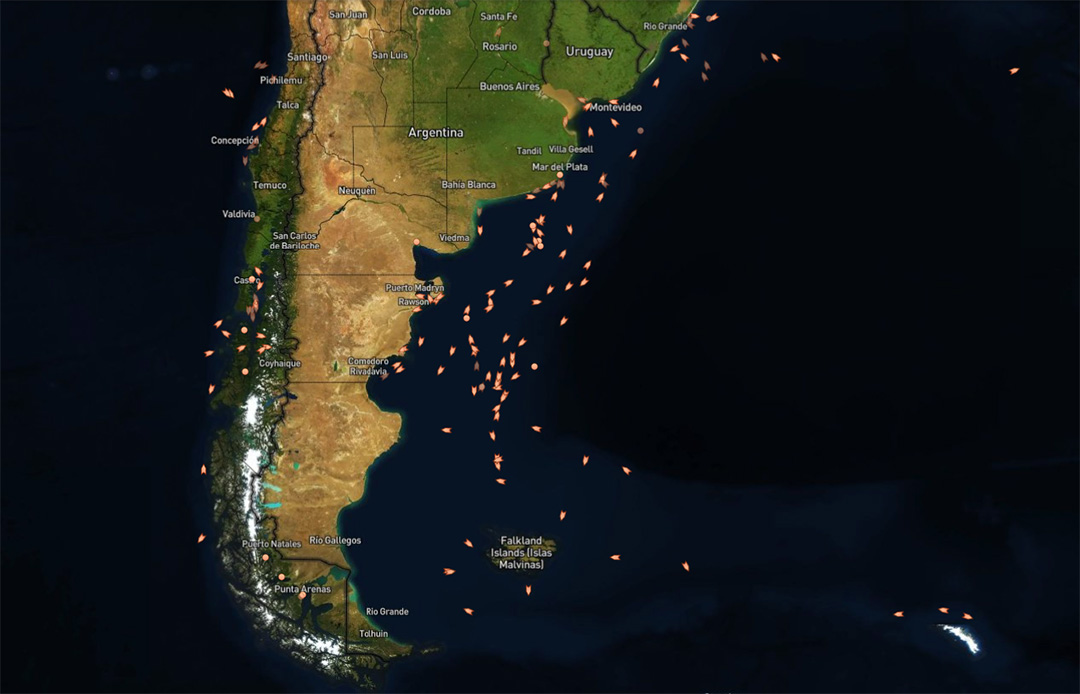
Dozens of dead Magellanic penguins have been found daily on Uruguay’s beaches since the beginning of this month. It is estimated that a total of up to 2,000 animals could wash up. With avian flu ruled out as a cause, environmental groups and expert teams are blaming climate change and overfishing for the animals’ deaths.
In mid-July, the Uruguay-based non-governmental organization SOS Rescate Fauna Marina reported more than 100 Magellanic penguins dead on beaches between Montevideo and Aguas Dulces. Ever since, dozens more dead penguins, and to a lesser extent other animals such as fish, sea turtles and birds, have washed up daily along roughly 250 kilometers of coastline. By the end of last week, about 1,300 dead penguins had been recorded and up to 2,000 penguins are estimated to have been lost in total.
According to Carmen Leizagoyen, head of the Department of Fauna at the Uruguayan Ministry of Environment, the dead birds are mainly juveniles that died in the South Atlantic and were carried by currents to the Uruguayan coast.
With avian flu rampant around the world, there was initial concern that the highly contagious H5N1 virus might be responsible for the mass deaths. However, none of the dead penguins tested positive.
The animals were found in a very weakened and emaciated state and showed signs of malnutrition. Autopsies of some of the animals revealed that they had not ingested any food – their stomachs were empty.
For Richard Tesore, director of SOS Rescate Fauna Marina, the cause behind the large number of dead penguins is not natural, but rather due to the overexploitation of resources and climate change, he told the news platform “El Observador”. This, he said, has led to a shortage of food. Some of the animals also showed injuries from floating plastic in the ocean.

Gerardo Evia, head of the National Directorate of Biodiversity and Ecosystem Services (Dinabise), does not share the same view. He admitted to “El Observador” that overfishing, climate change and plastic pollution can cause problems and may limit the penguins’ resources, but the current event was not caused by them. Nevertheless, there is a ” degree of uncertainty ” due to incomplete information, for example, on the population of anchovies, which have not been targeted by Uruguayan fishermen for a long time.
In fact, the rich waters that cover the Patagonian shelf in the southwest Atlantic, with their unique ecosystems, are the target of large fishing fleets, especially from China, Korea, Taiwan and Spain. Indeed, this hotspot known as the “Blue Hole” would provide enough for all – for fishermen and for penguins, seals and whales – if fishing activities were fully monitored. However, the region is one of the few international waters where most fisheries are not regulated by a regional fisheries management organization. According to a report by Greenpeace Andino, the fishing industry operates far from any control, putting this special place and the species that depend on it at risk.
Fishing fleets mainly target the profitable Antarctic cod, hake and squid, some of which are caught with destructive bottom trawls. Tens of thousands of tons of anchovies are also fished off the coast of Argentina alone each year. But squid and anchovies are also among the prey of Magellanic penguins. Due to unregulated and partly illegal fishing, food could therefore become increasingly scarce.
Magellanic penguins are not (yet) an endangered species and the global population is estimated at 2.2 to 3.2 million adults. But they are also experiencing the effects of climate change and breeding success is declining sharply in several colonies. They breed in the southern summer in large colonies along the coast of Patagonia and in the Falkland Islands. Around March, after the breeding season, the penguins head north to forage in the waters off Peru and Brazil.
According to Evia, the current high mortality could also be related to a very strong storm over the South Atlantic, which doomed the already weakened animals. To a certain extent, the death of hundreds of penguins is normal, Evia said. In the past, it happened several times that a large number of young penguins did not survive the journey and their remains washed up.
Julia Hager, PolarJournal
More about this topic





